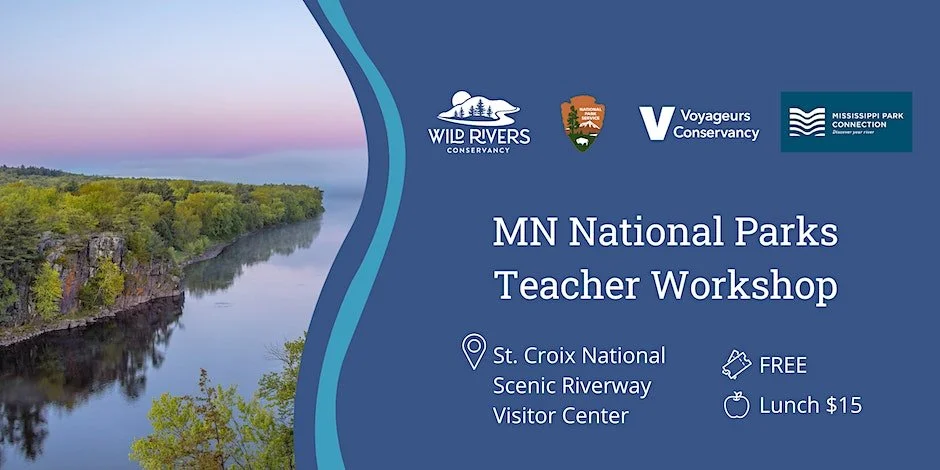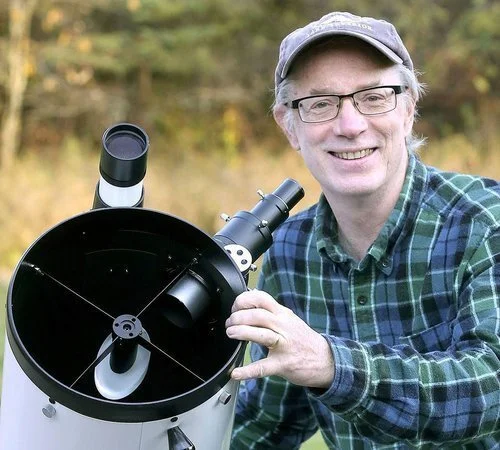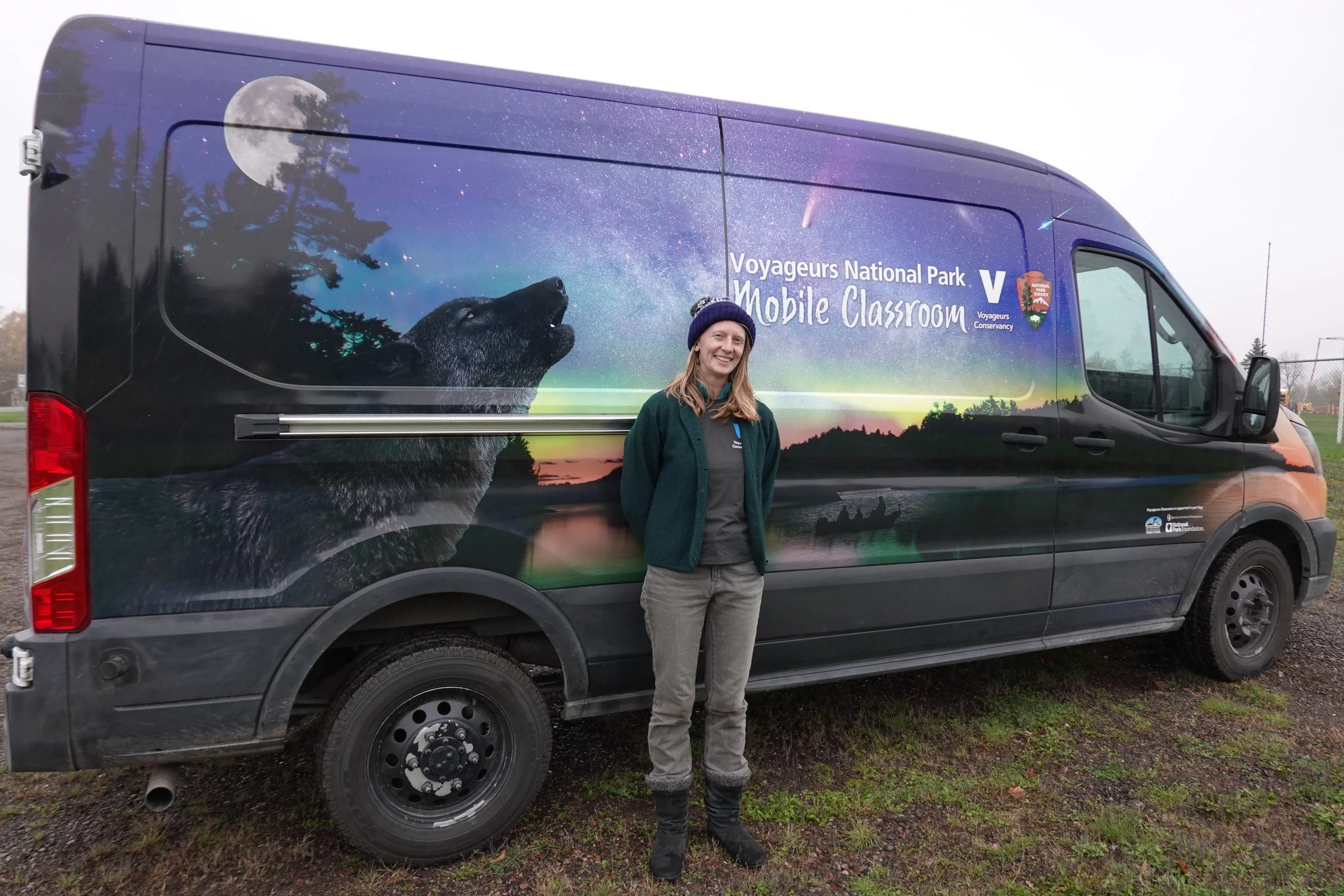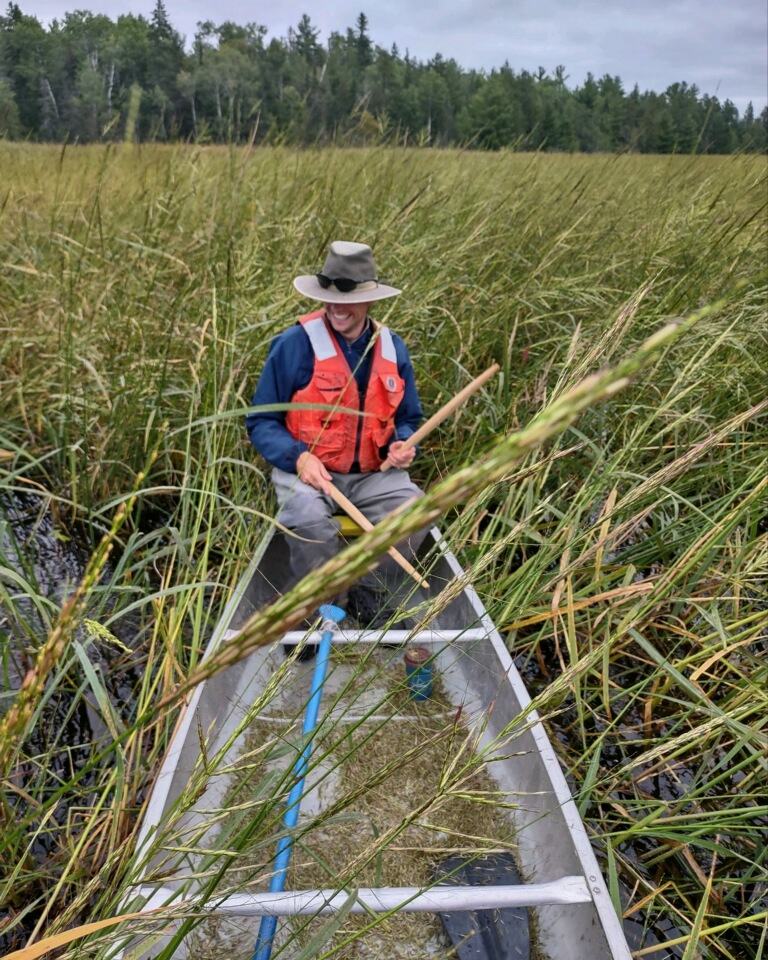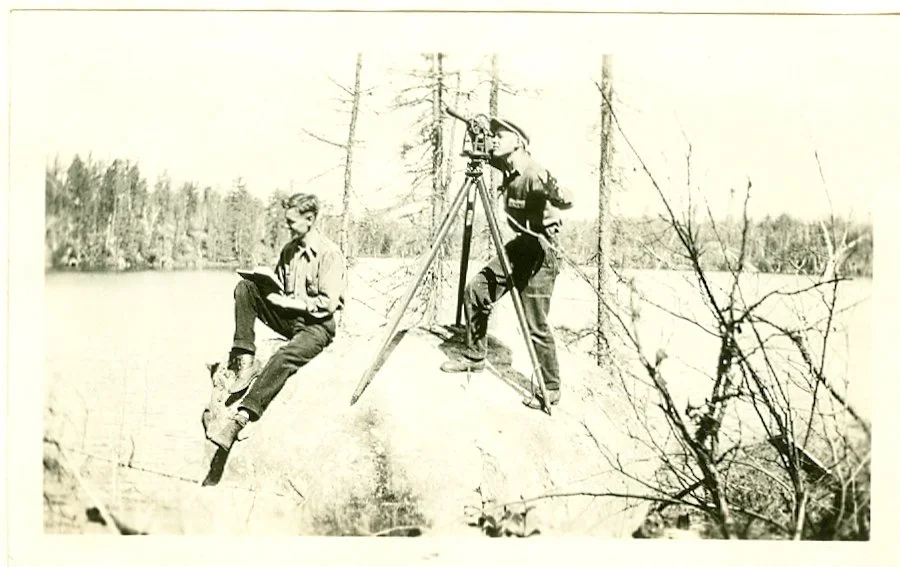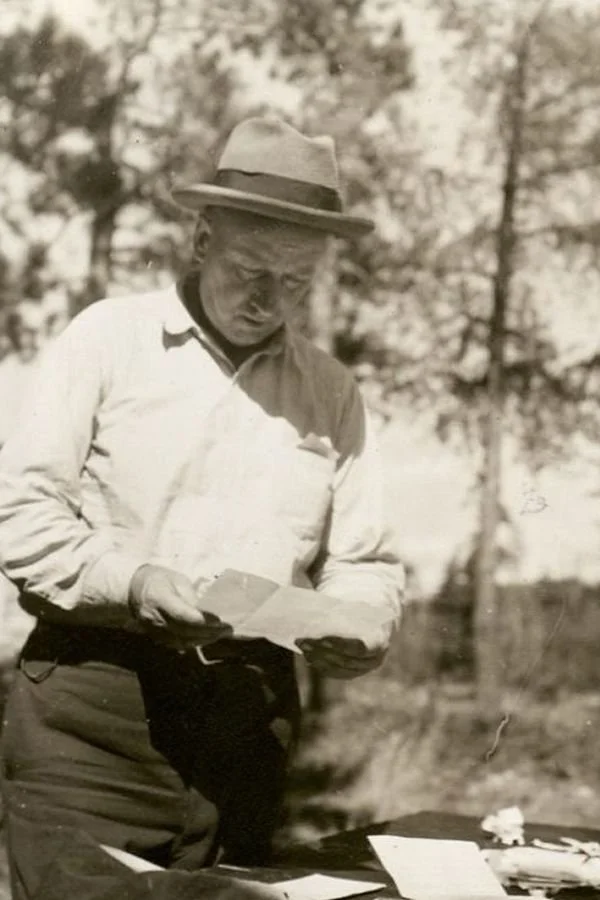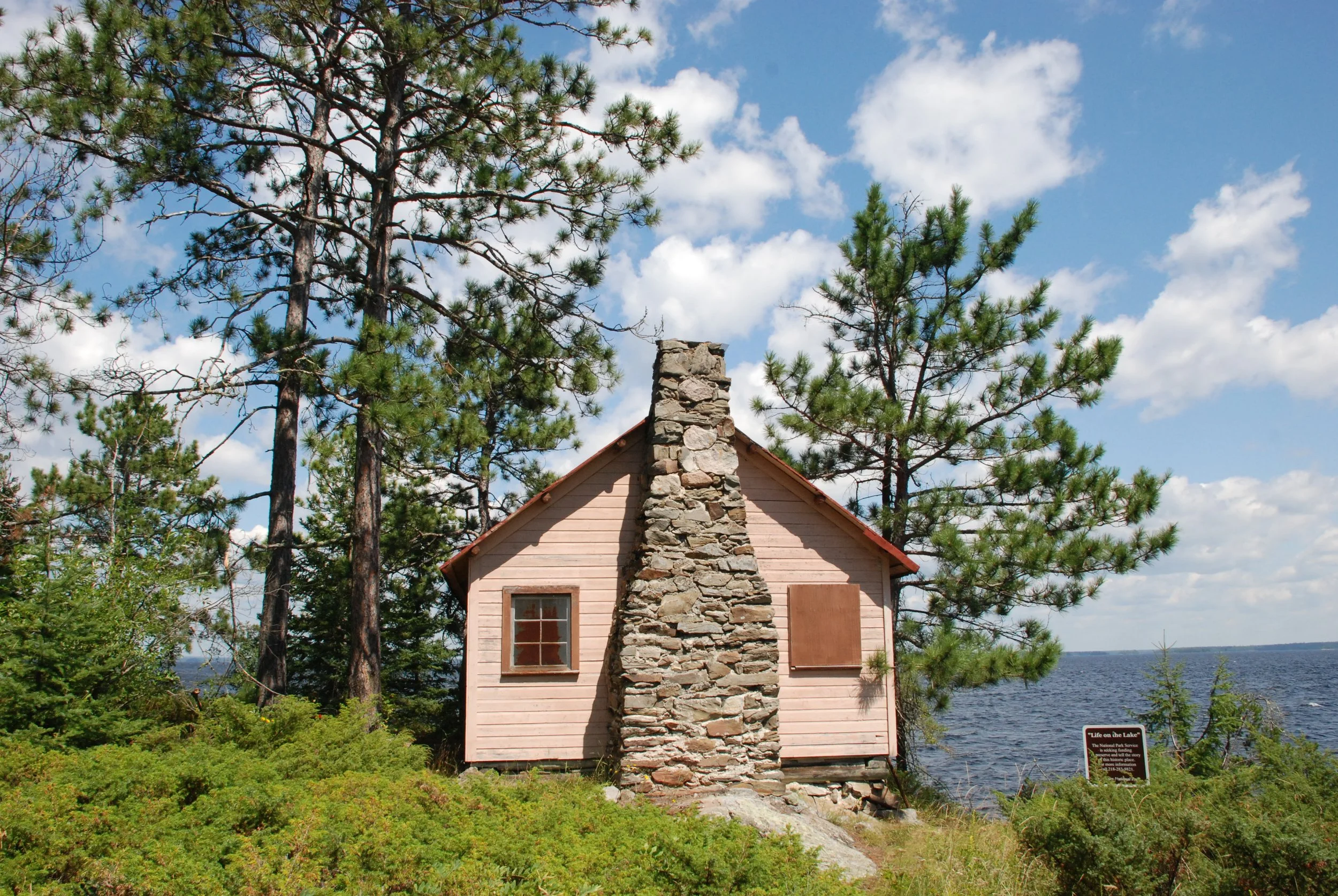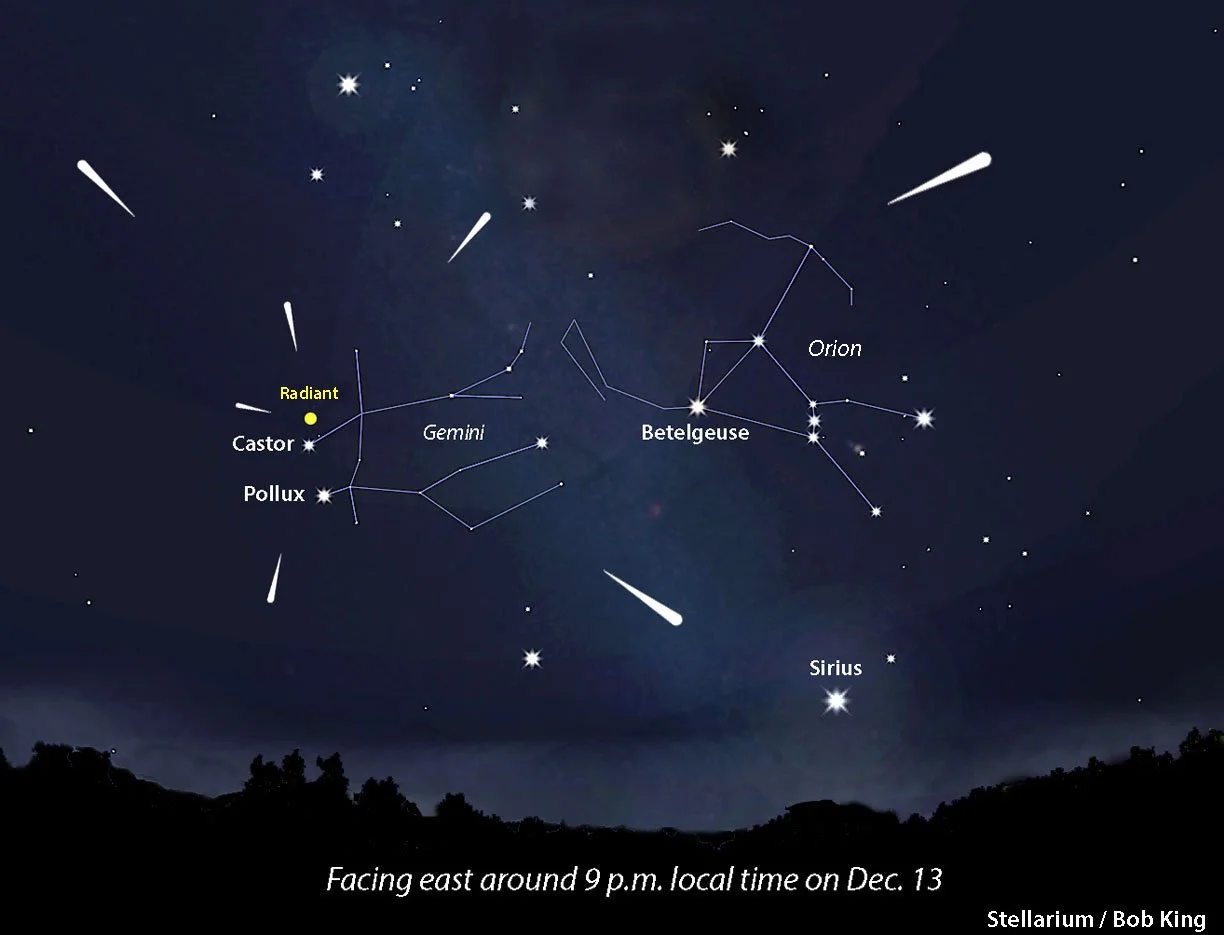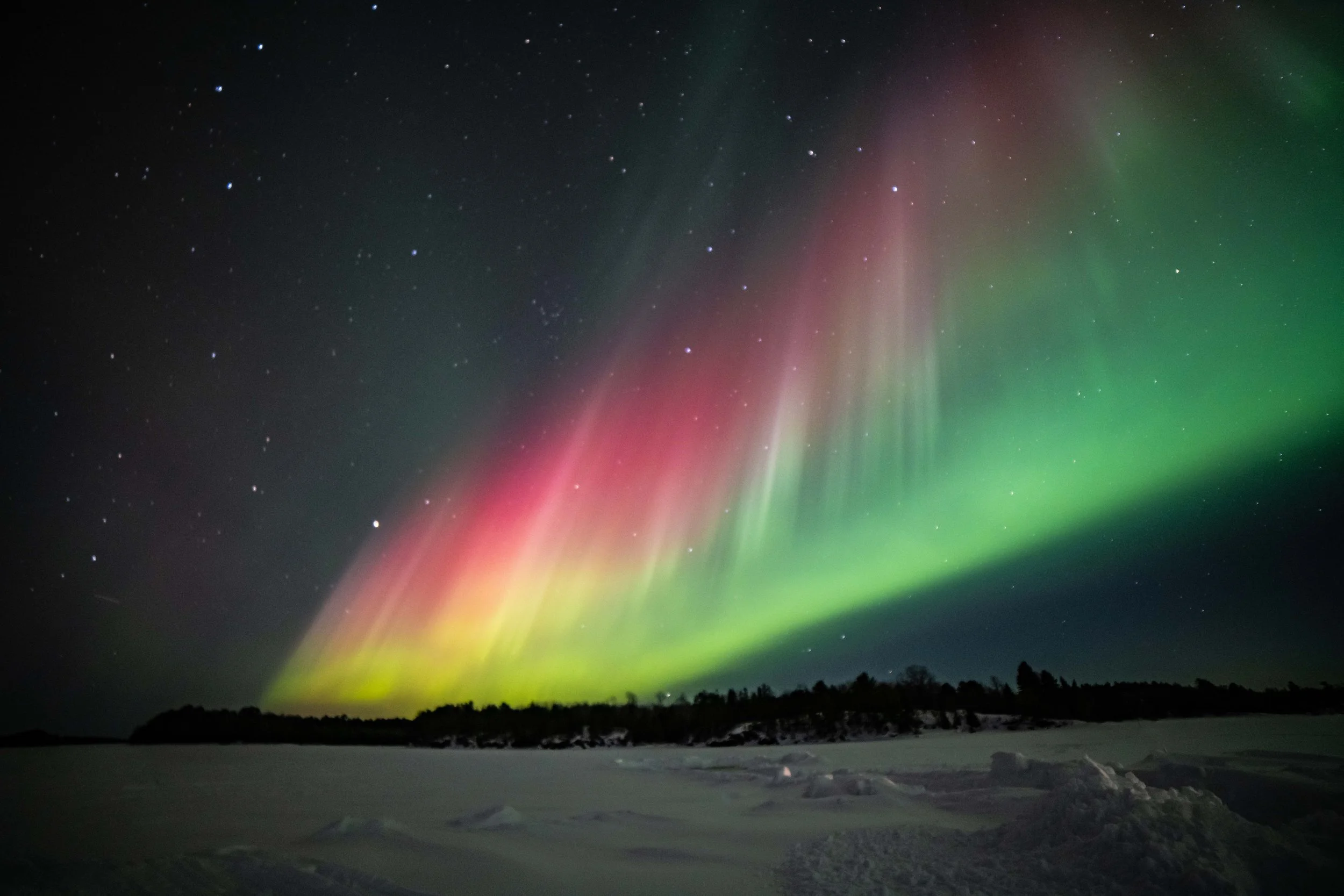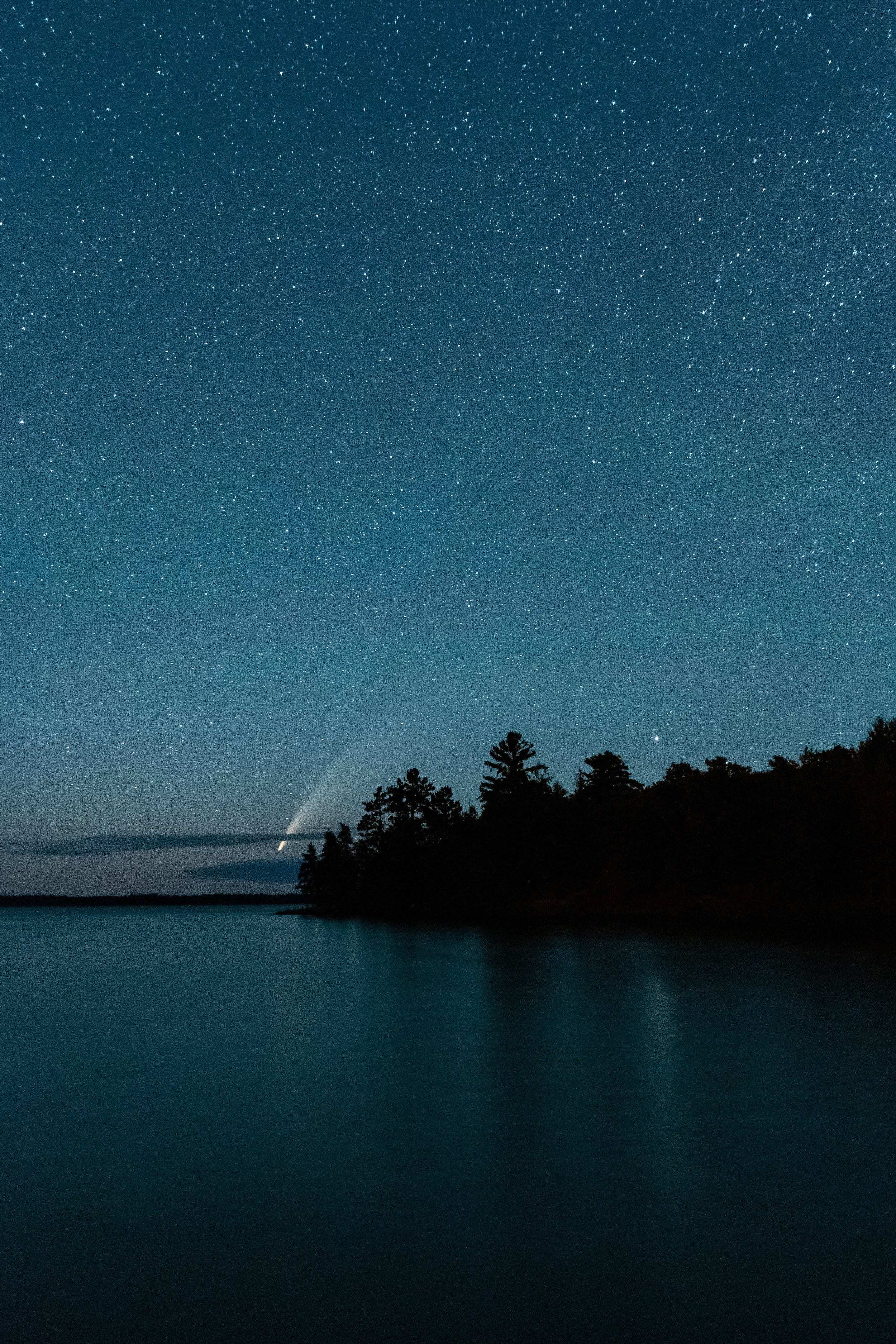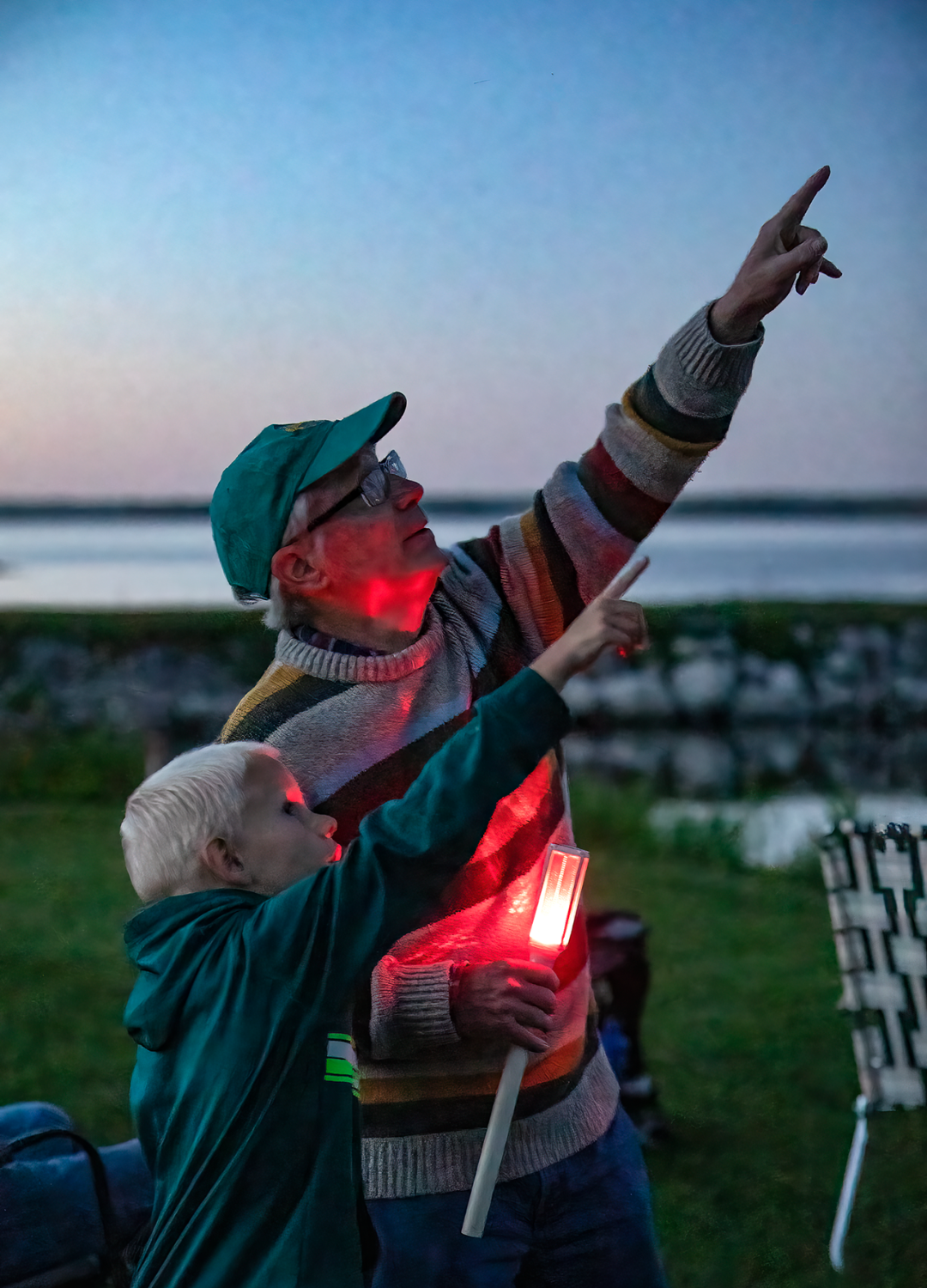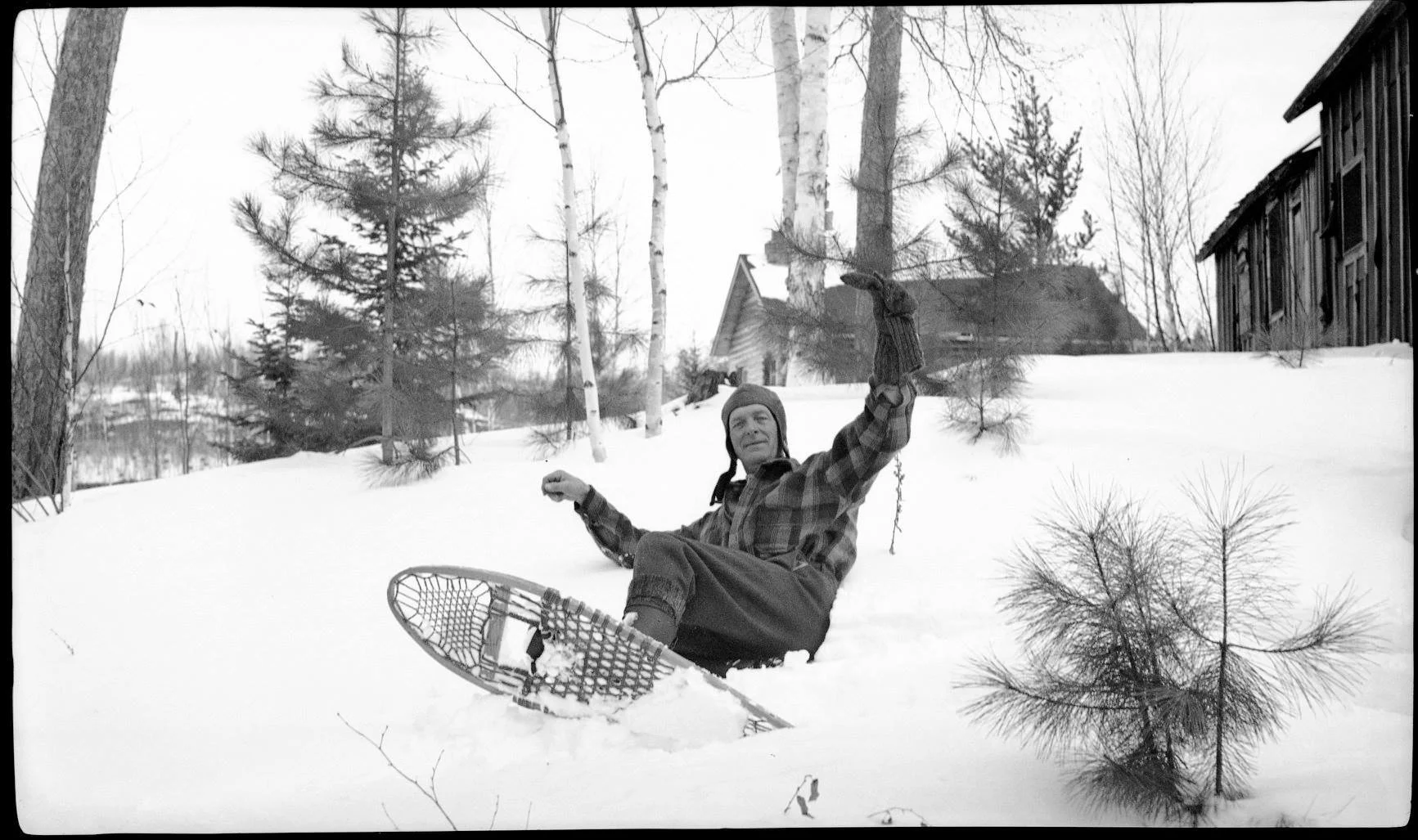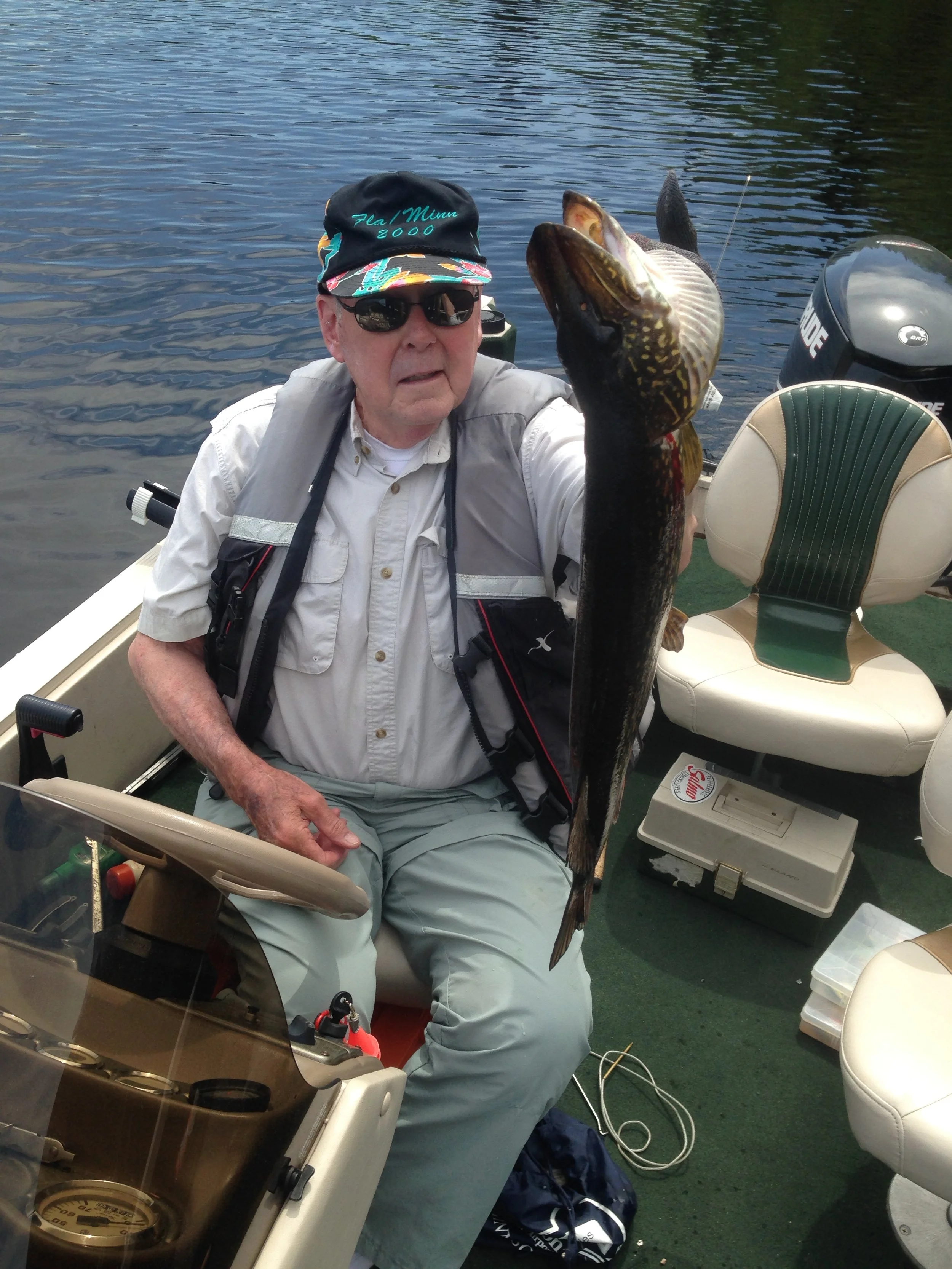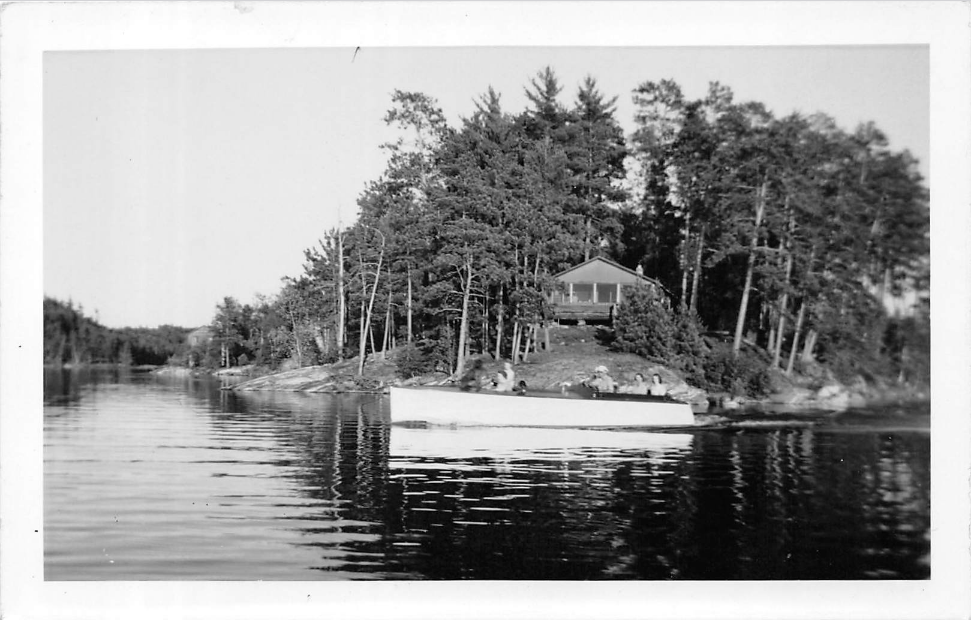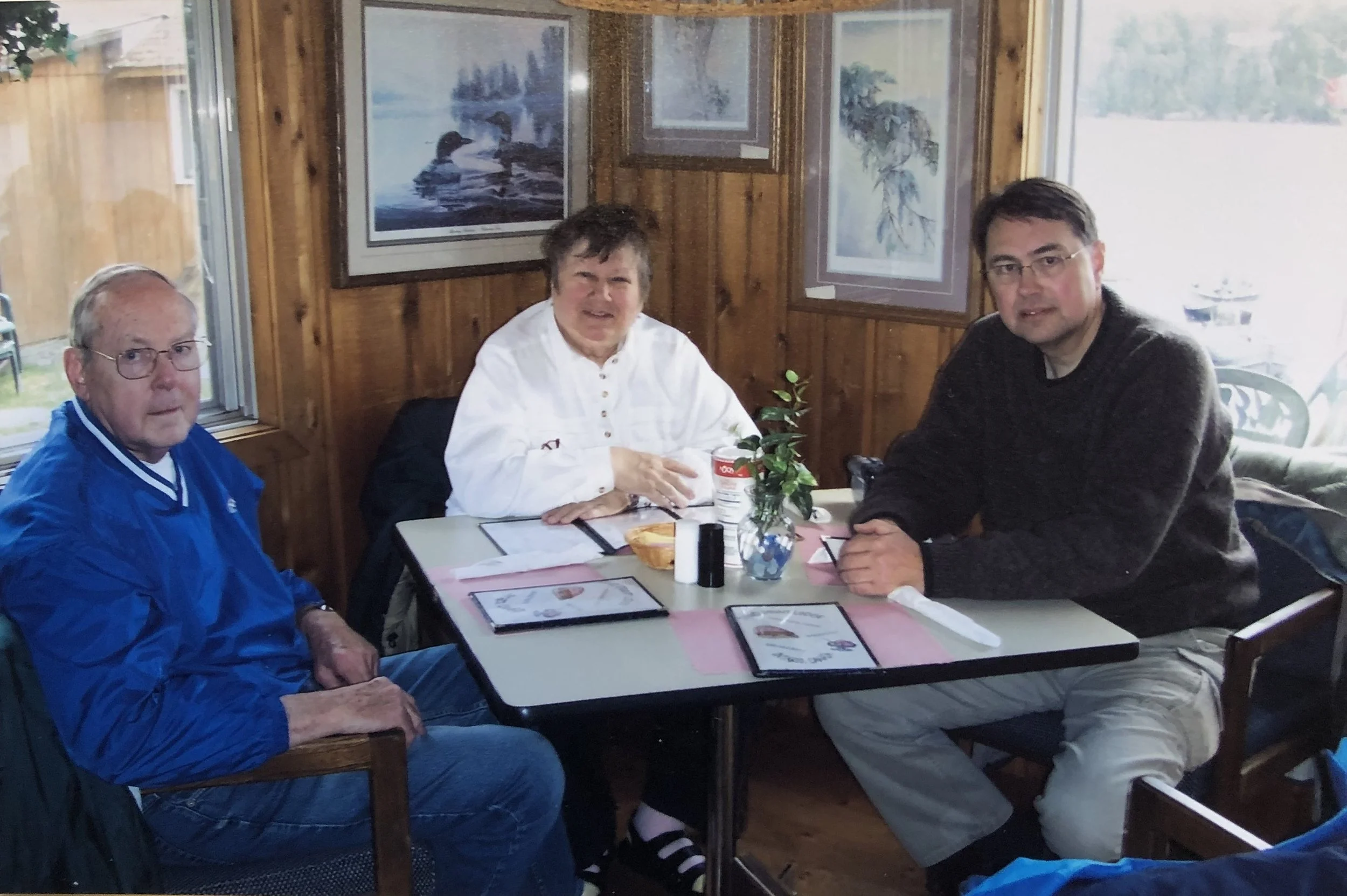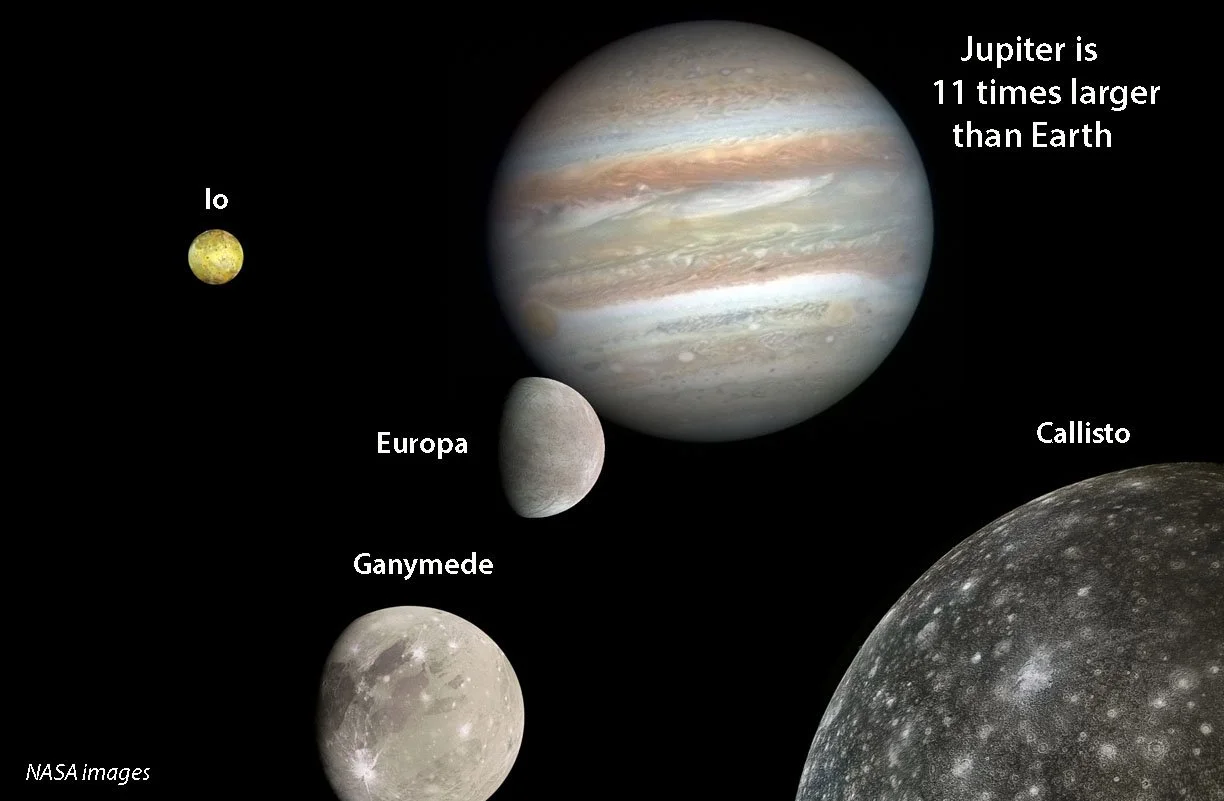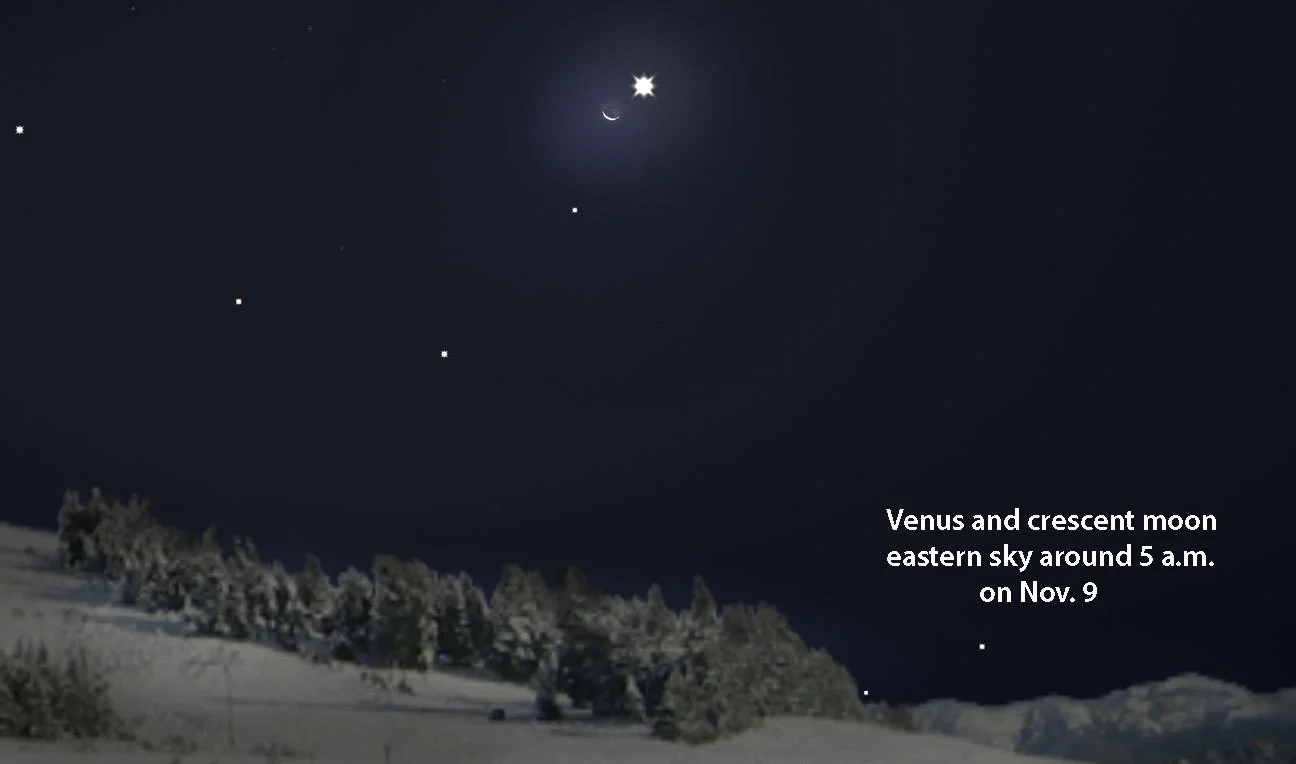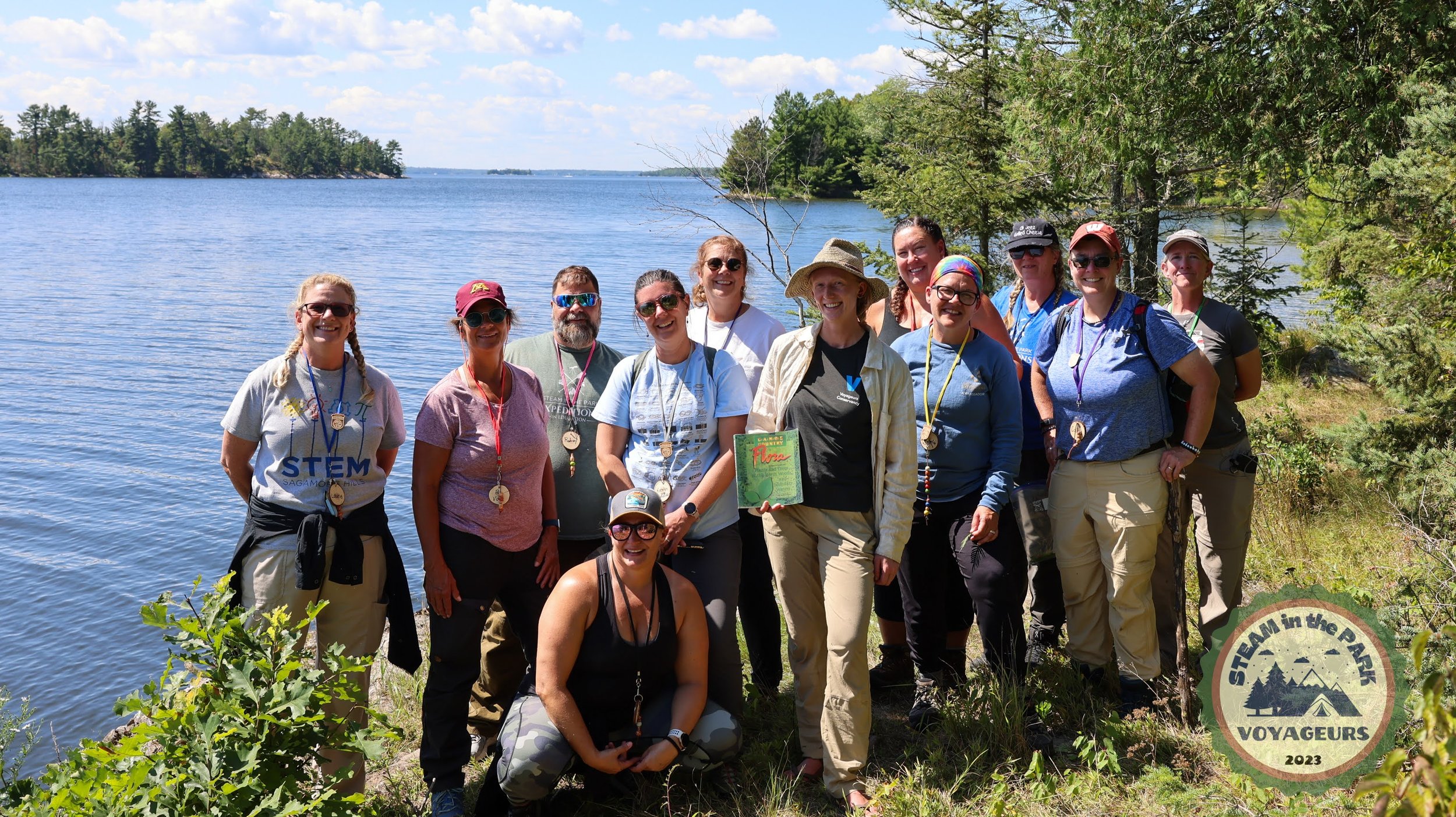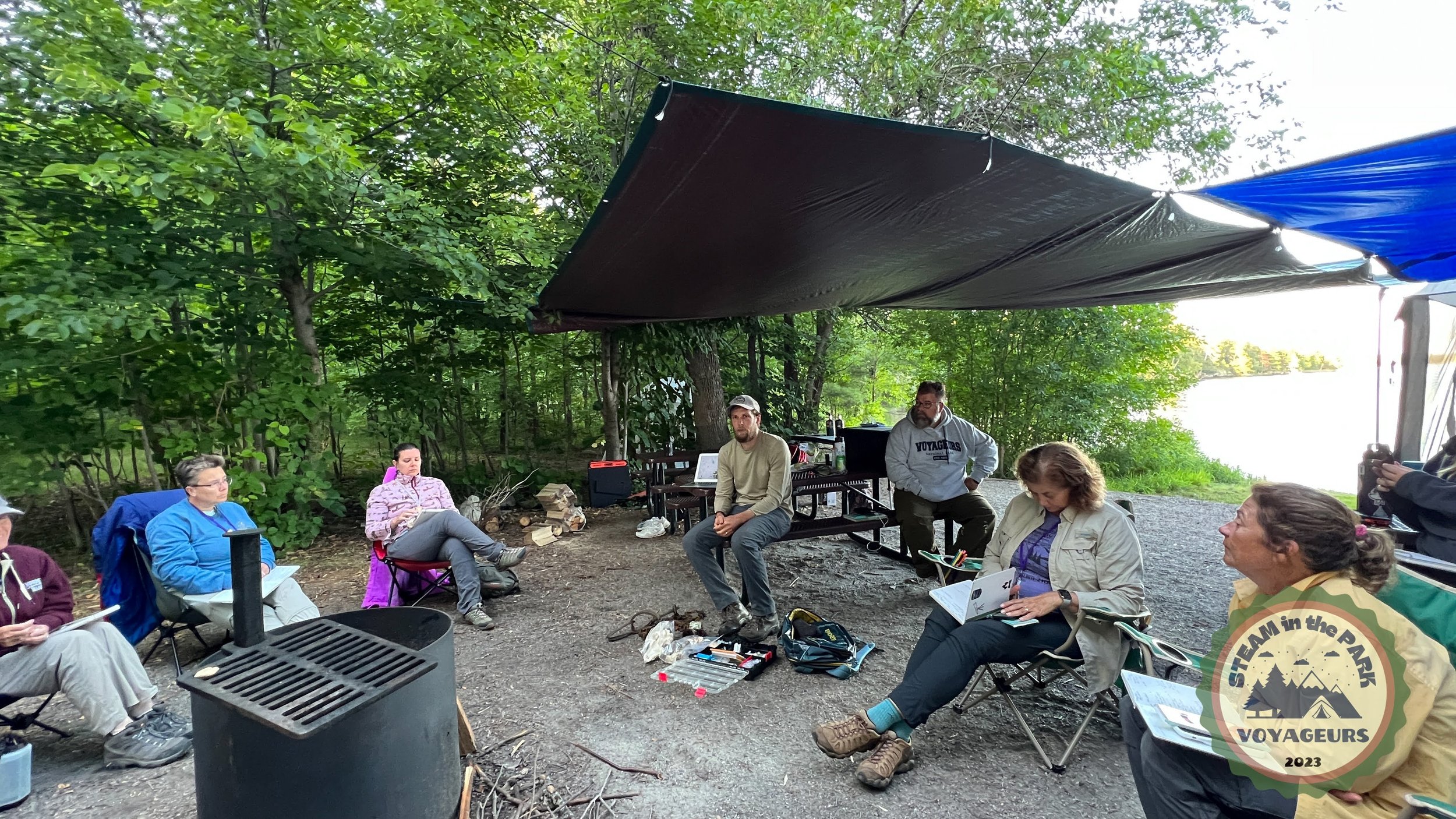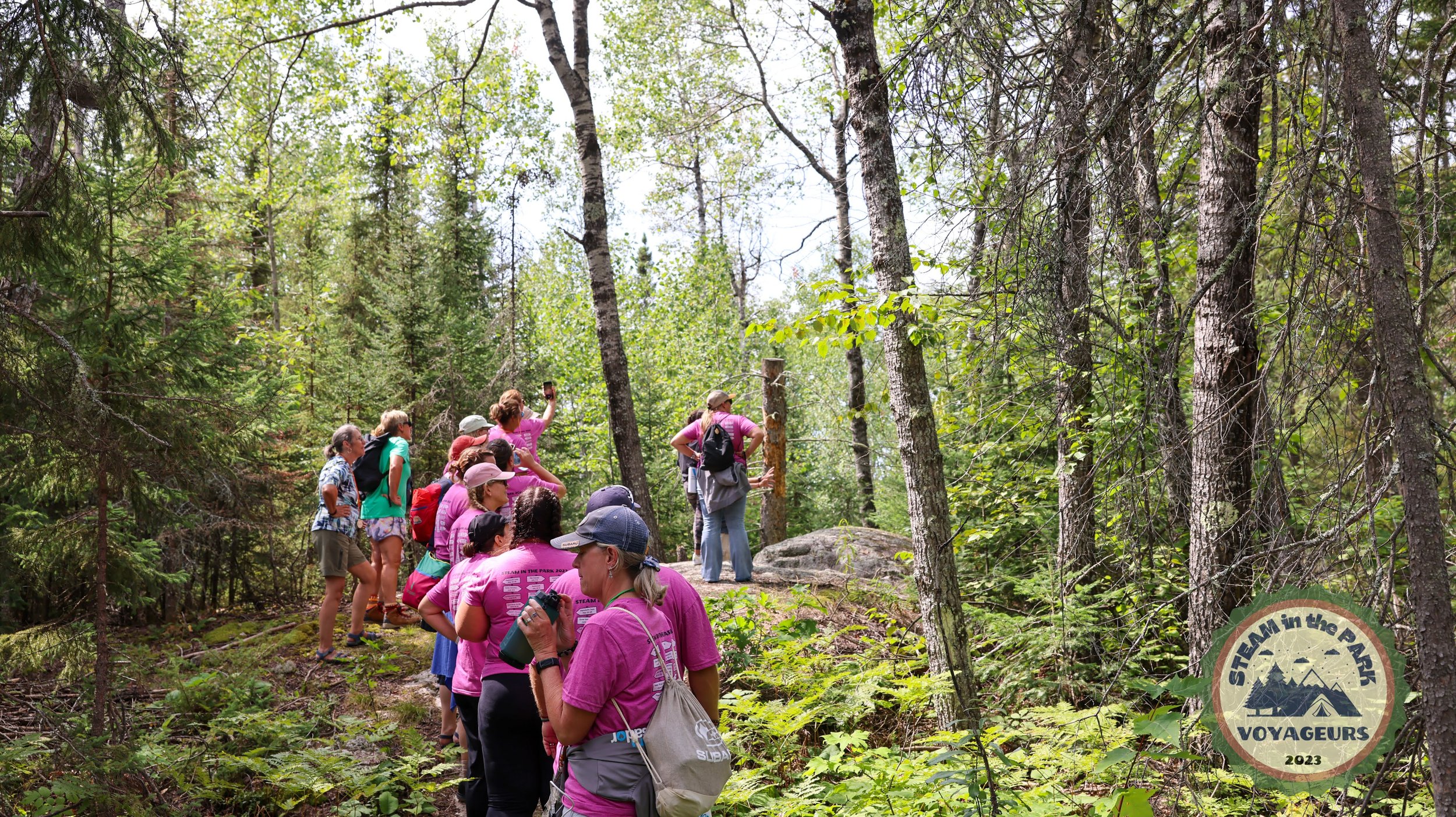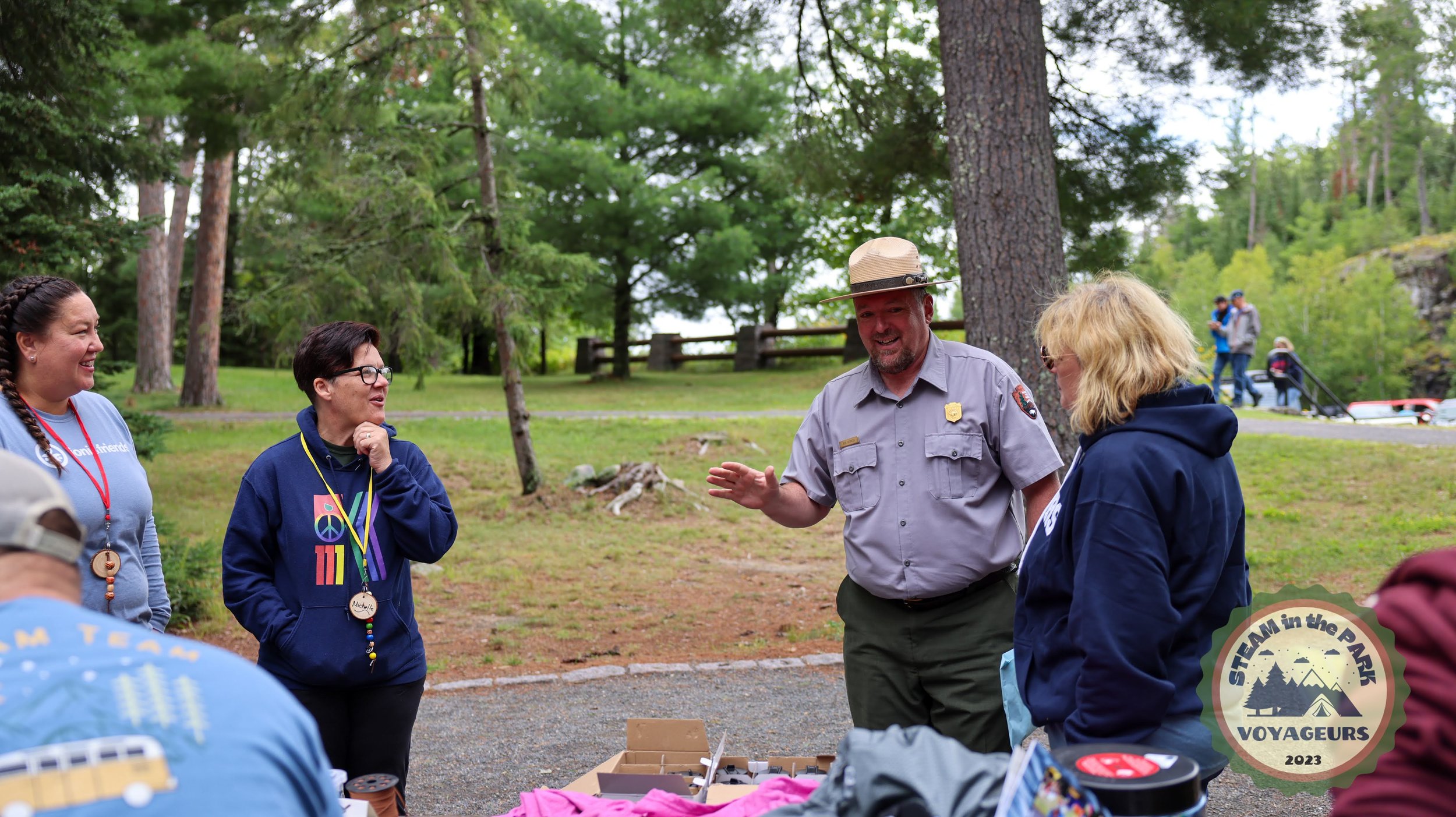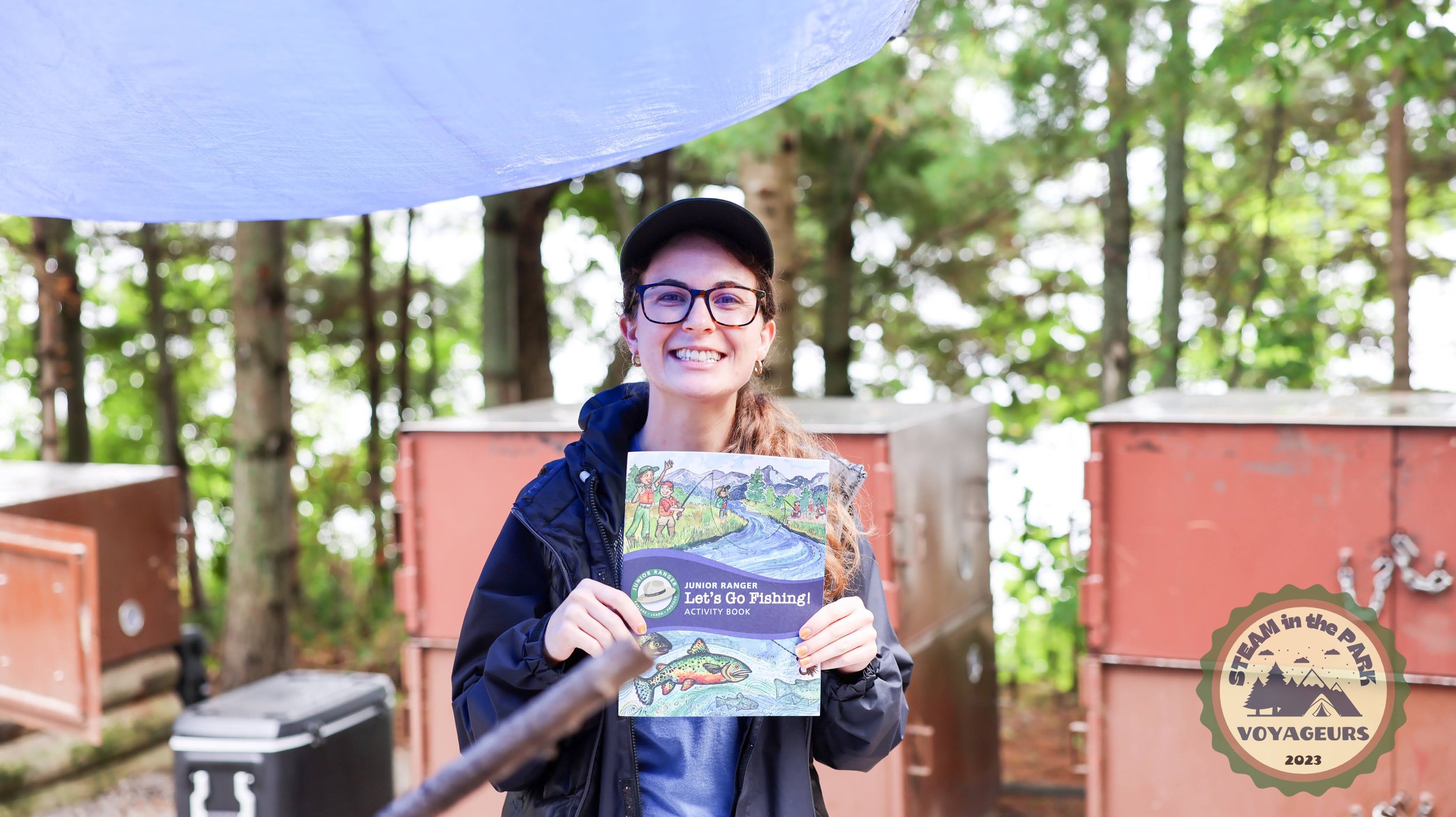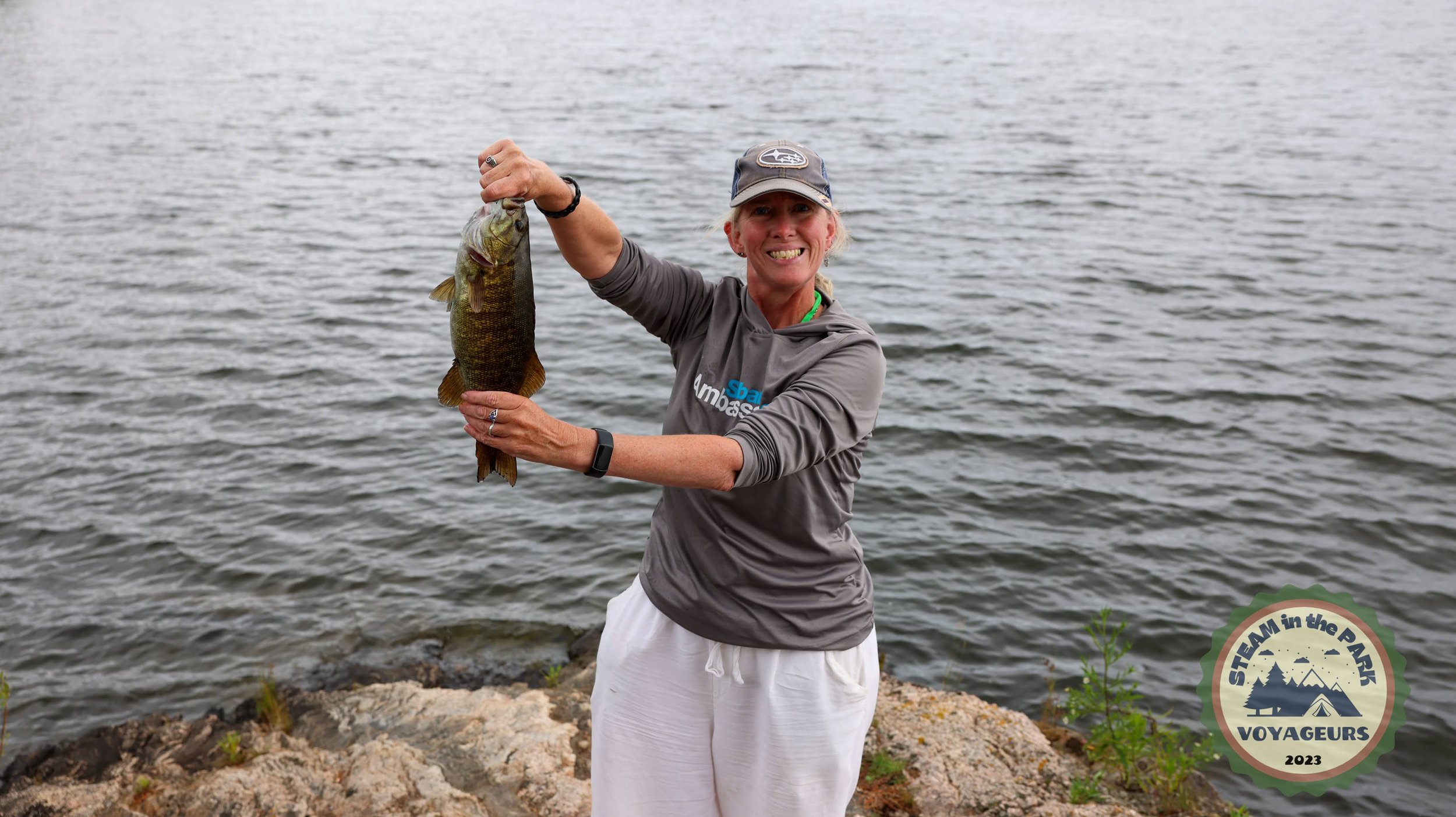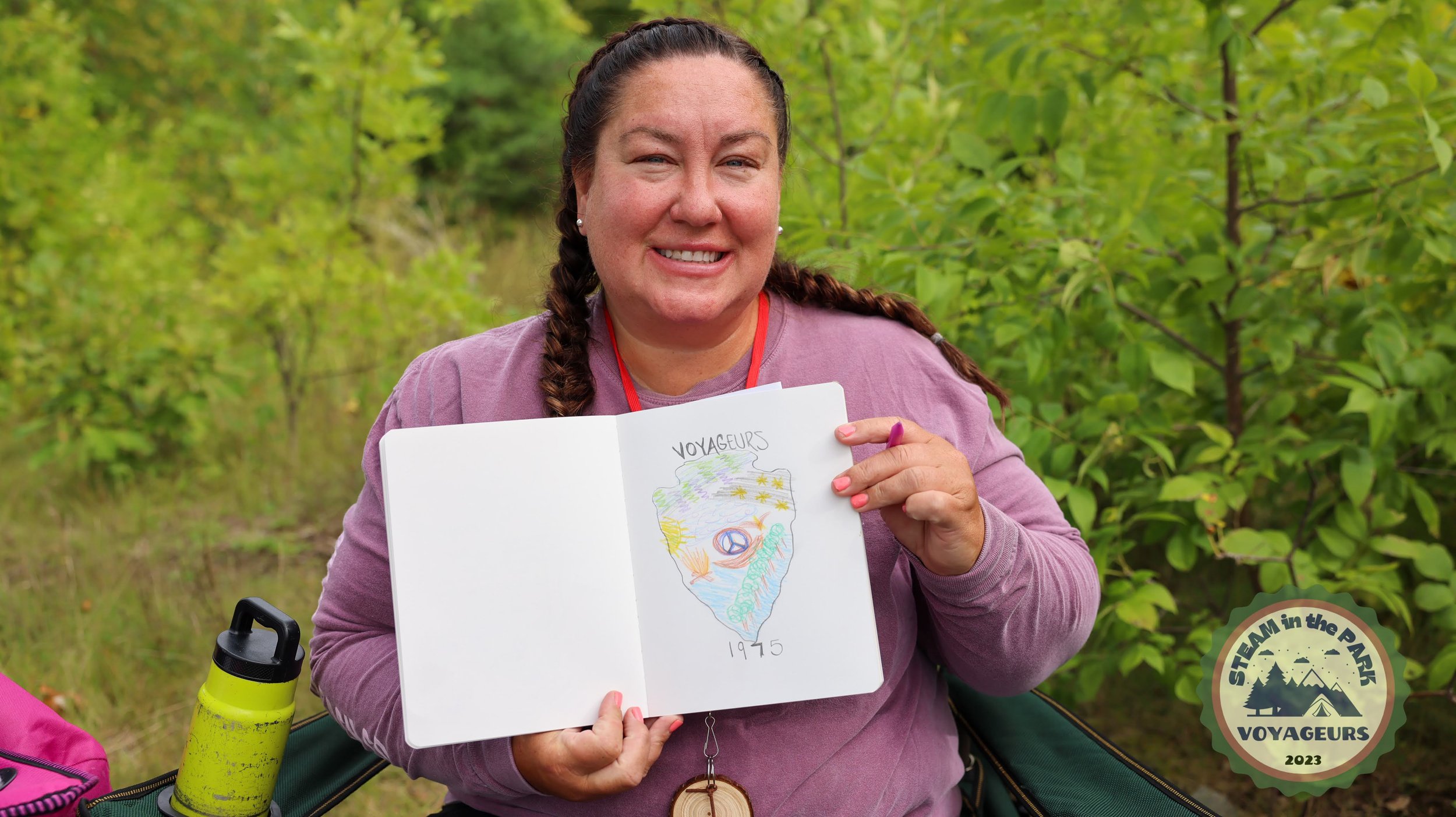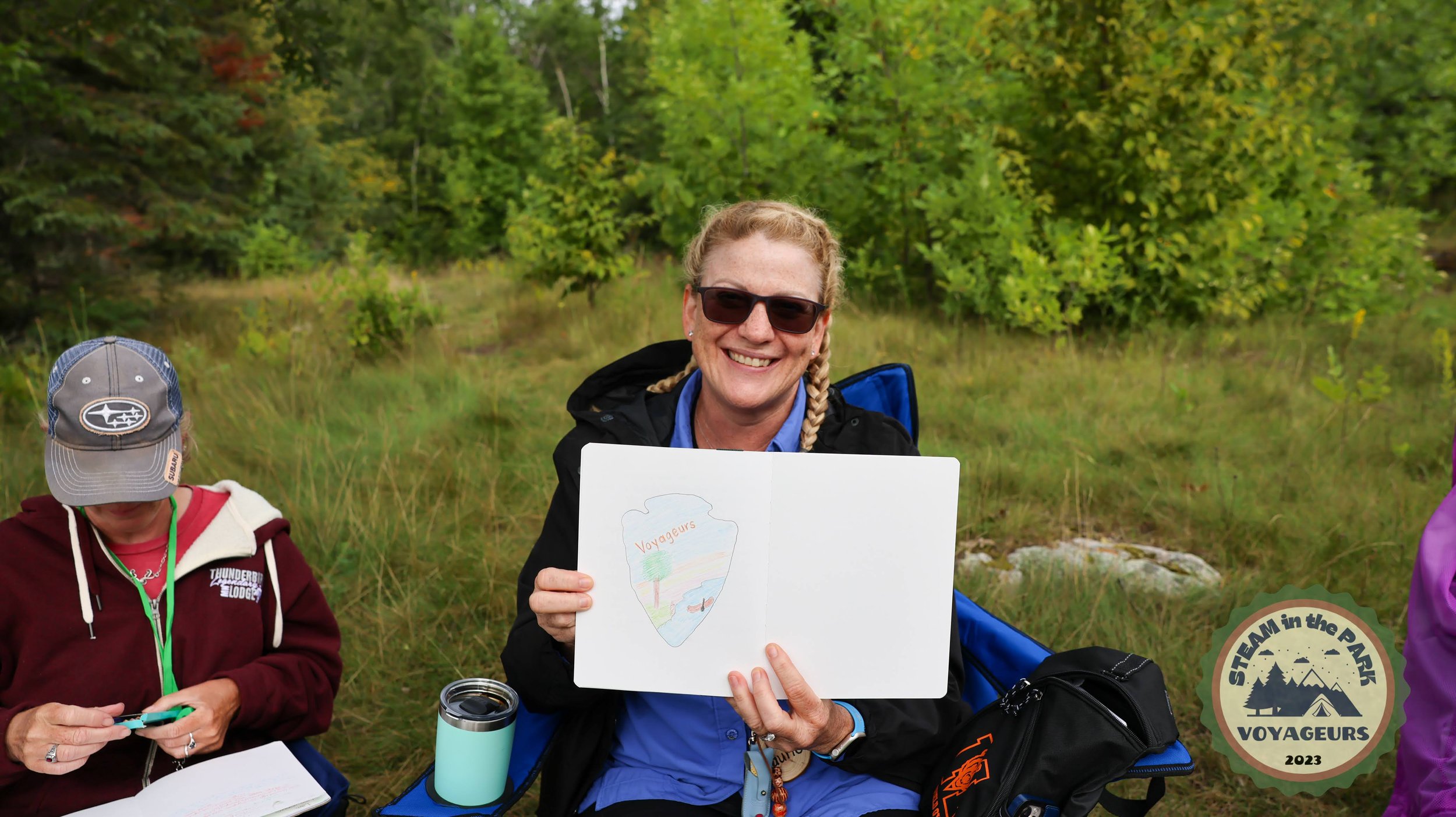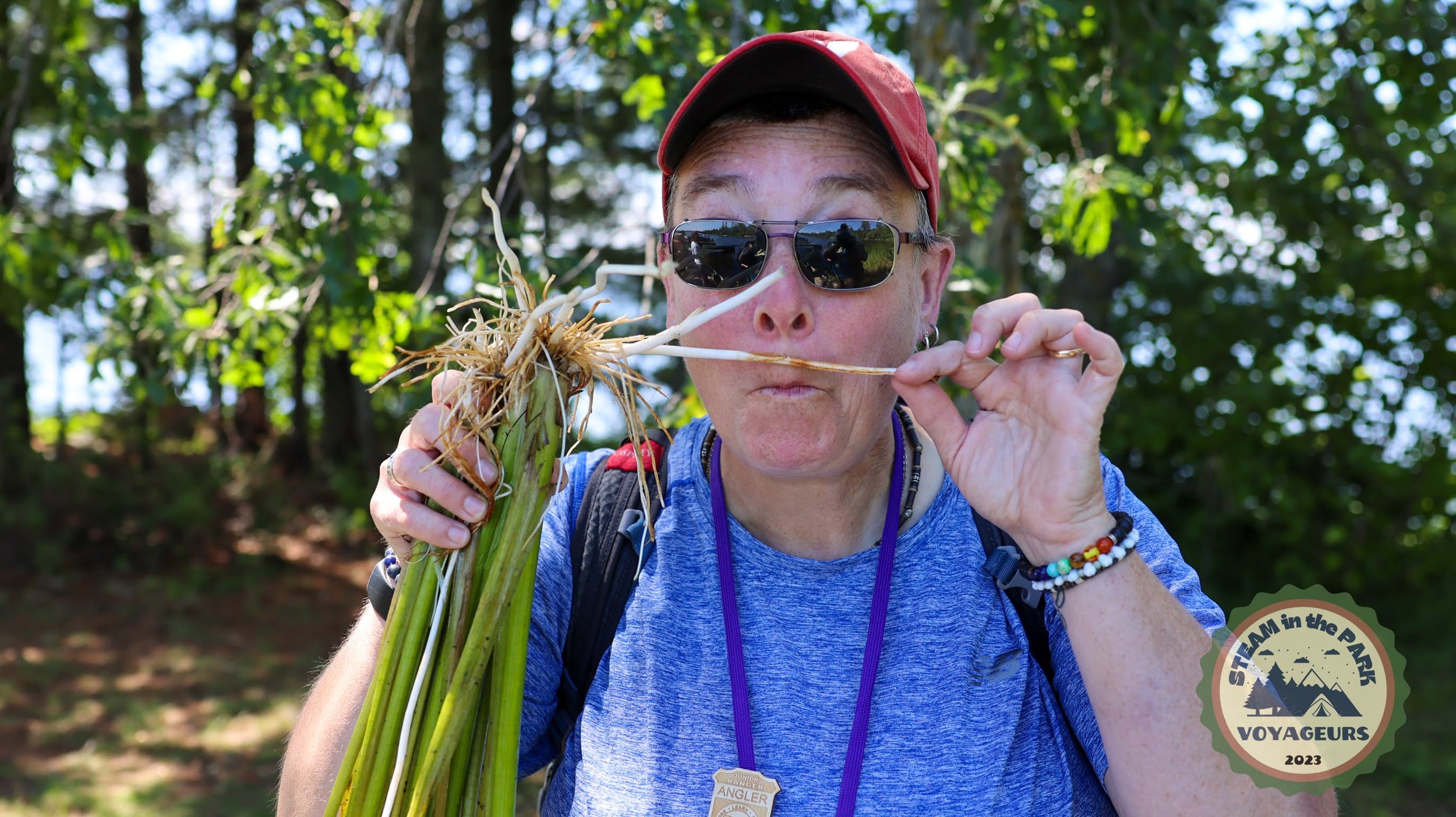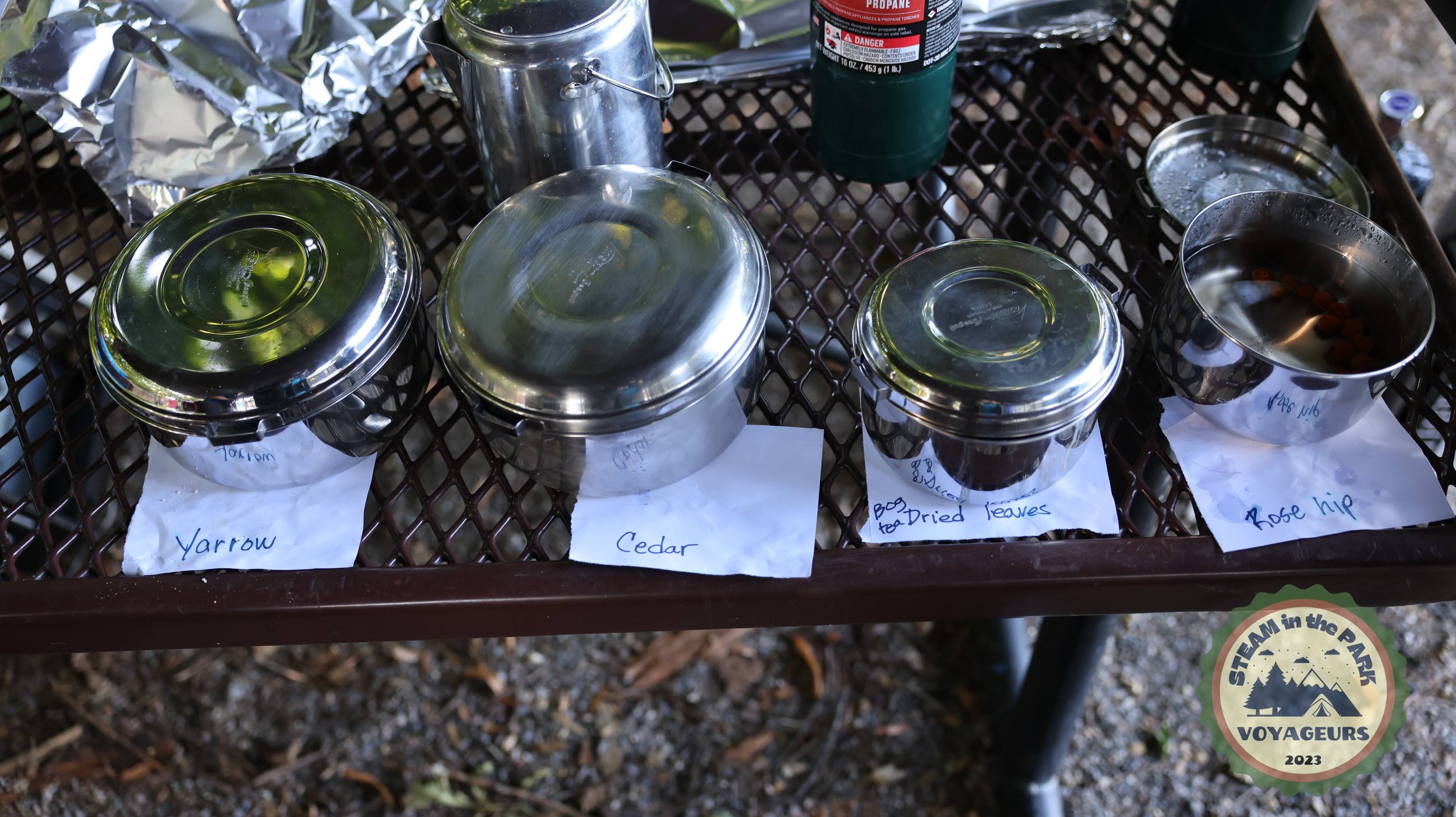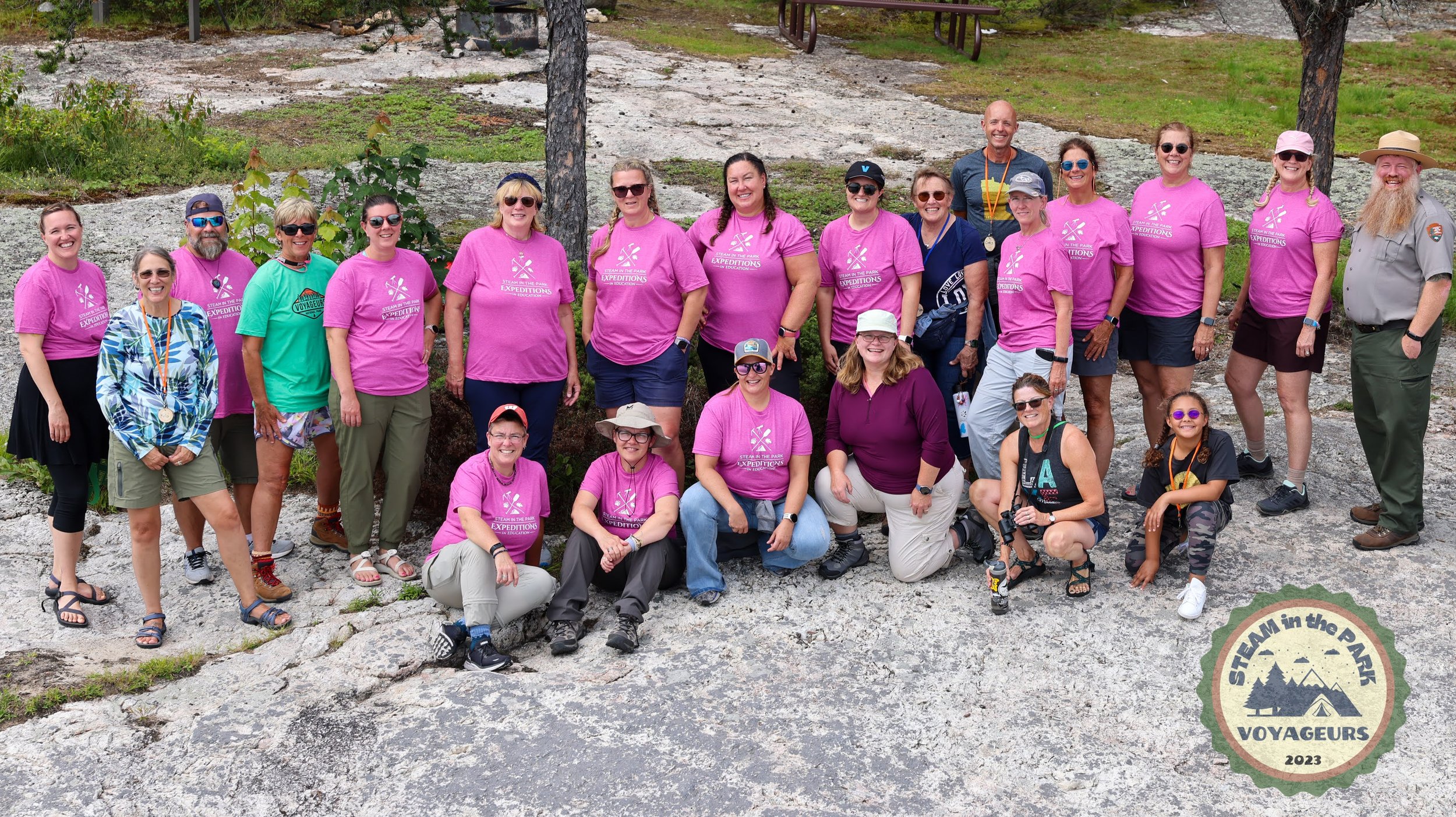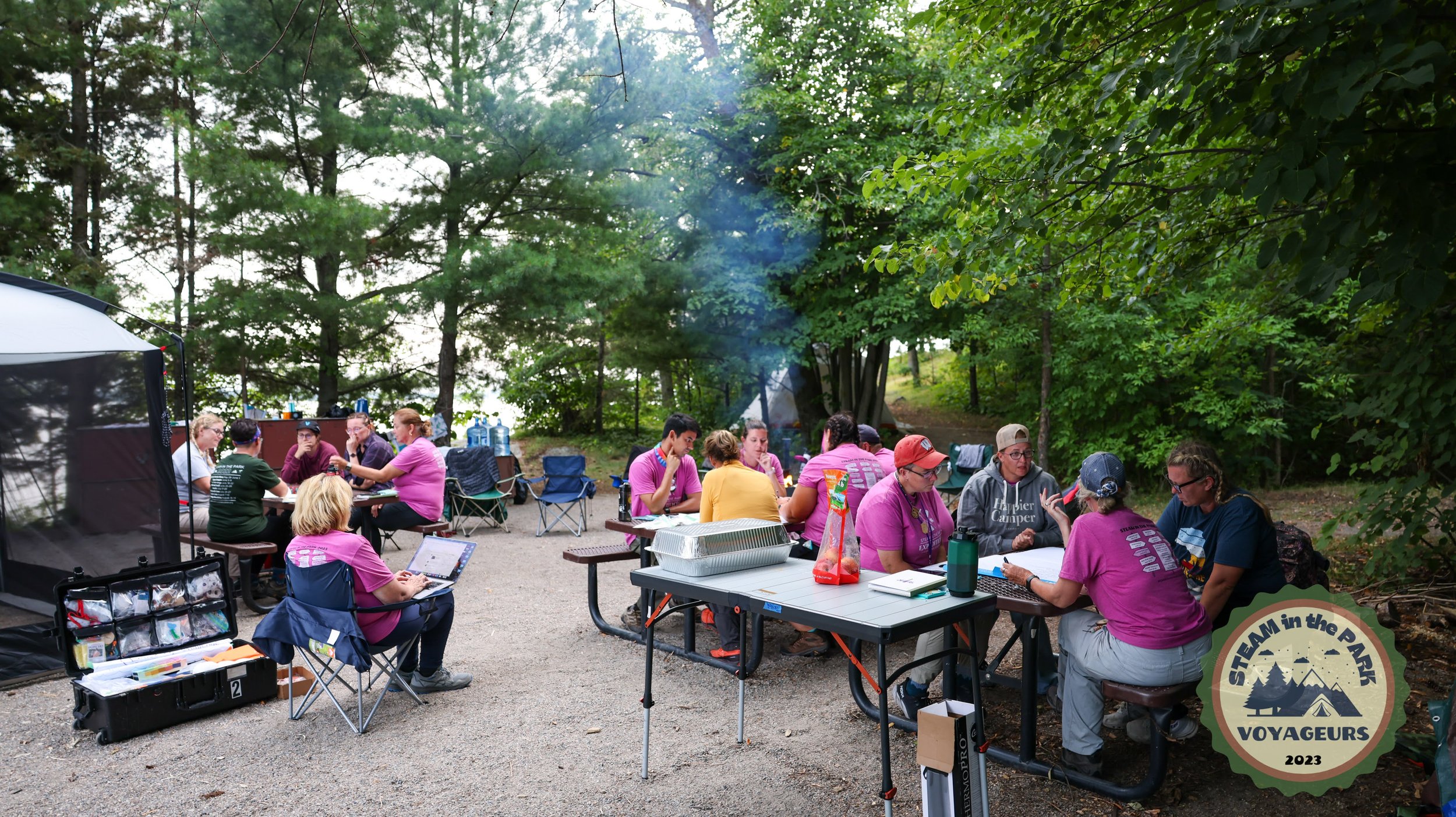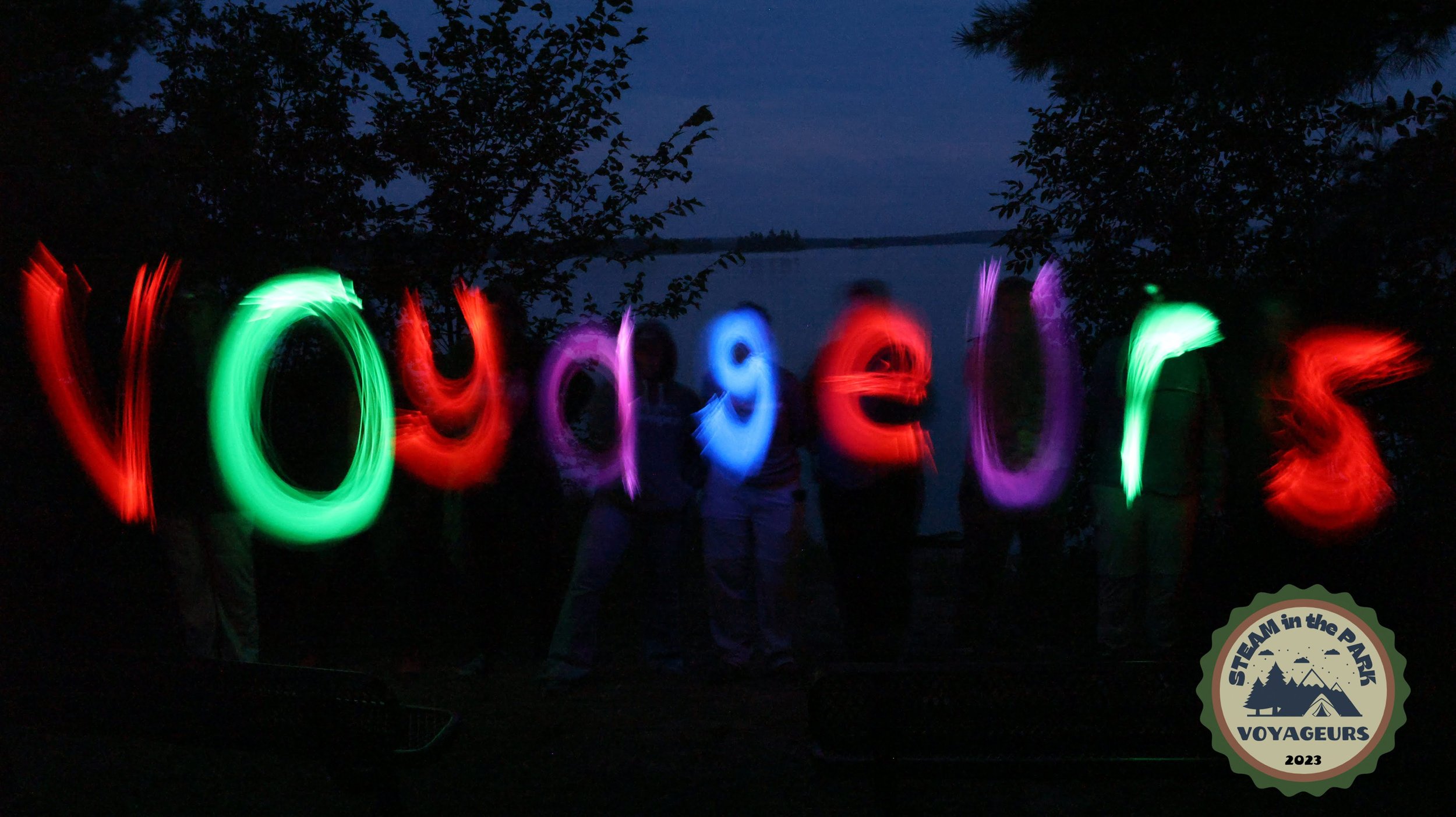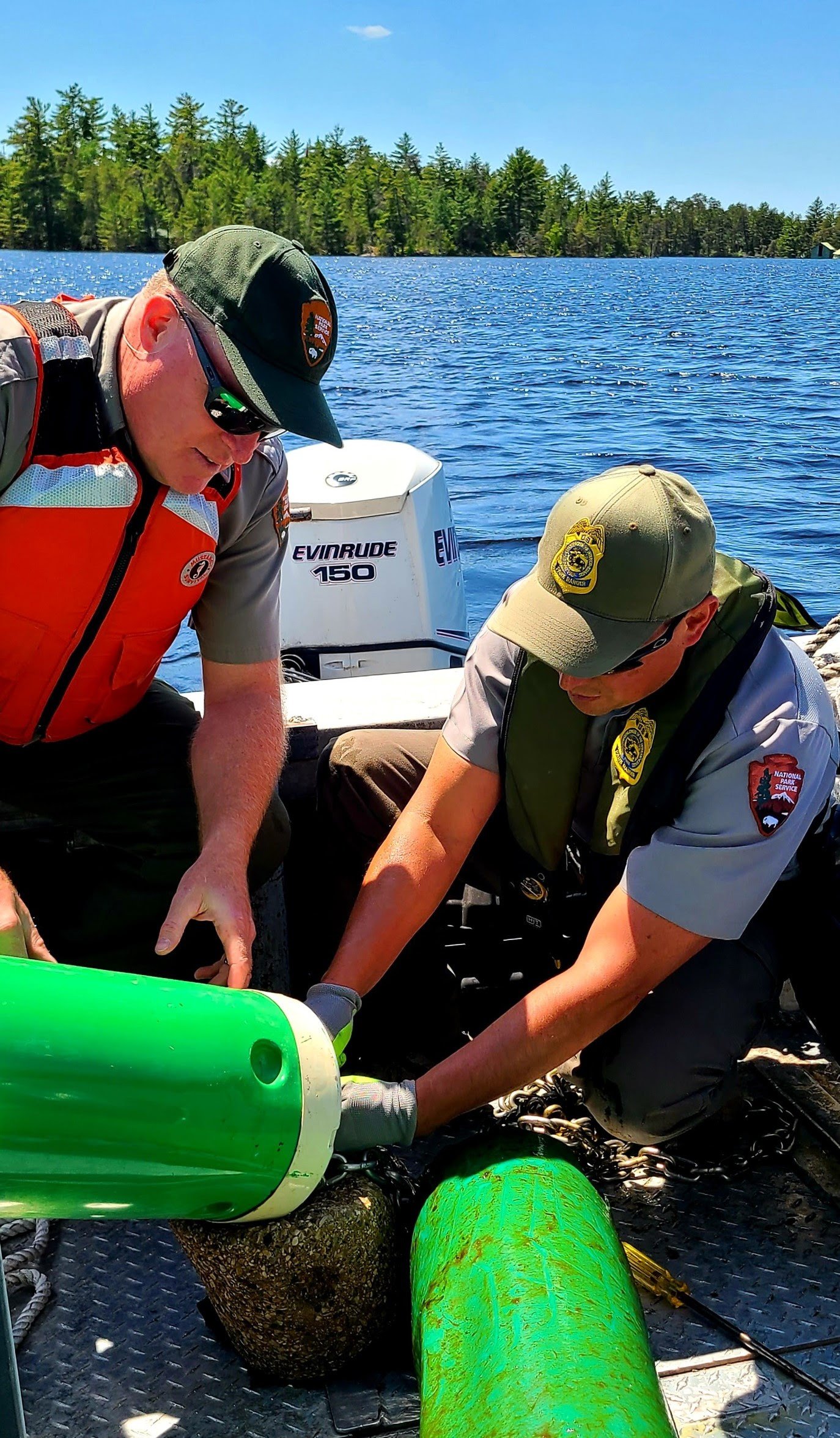A Week of Discovery, Stargazing, and Nighttime Wonder
Credit: Peter McWilliams
Embrace the winter darkness and discover the magic of Minnesota’s starbright skies! Join us for a week of free activities for students, families, and friends that will immerse you in learning and stargazing.
Hosted across Minnesota parks and wilderness areas, learning centers, and virtual programs - the second-annual Boreal Stargazing Week will take place from February 10 -18, 2024 with dark sky experiences for all ages and backgrounds. Boreal Stargazing events are free and feature captivating night sky tours, snowshoe hikes, live conversations with astronomers, and more!
Attendees will enjoy a rare opportunity to explore our inspiring universe alongside dark sky experts and experience the magic of Minnesota’s night skies. Keep reading to learn about Boreal Stargazing events hosted in Voyageurs National Park, the Superior National Forest, Duluth, and the Twin Cities. For up-to-date event information, click here.
Boreal Stargazing events are brought to you by Voyageurs Conservancy, Friends of the Boundary Waters Wilderness, Starry Skies North, Voyageurs National Park, Superior National Forest, Expeditions in Education, The Bell Museum, Wood Lake Nature Center, and NASA’s Goddard Space Flight Center.
Teachers and Educators, your students can receive FREE live virtual programs on the wonders of dark skies with special speakers from NASA, National Park Service, Expeditions in Education, and more! Click here to learn more and register for Boreal Stargazing Week speakers live-streamed directly to your classroom. Dates: February 12-15; Grades K-12; Available to classrooms across the nation.
Credit: Gordy Lindgren
Community Programs: Nighttime Exploration Across Minnesota
Voyageurs National Park: Nighttime Snowshoe Hike
Saturday, February 10
6-7:30 PM
NOTE: Location changed to Oberholtzer Trail
Join a park ranger and Voyageurs Conservancy for a guided snowshoe hike and telescope observation session at the Oberholtzer Trail near the Rainy Lake Visitor Center. Snowshoe rentals are free and available upon arrival. Bring warm layers and a headlamp!
No reservation necessary
Virtual: Art of the Night Sky with Sam Zimmerman
Sunday, February 11th, 2024
2 - 3:00pm CT
ZOOM - Register here.
Join Sam for a presentation featuring art of the evening sky, sharing the stories that inspired the pieces featuring Ojibwe constellations. Learn more about the birds and animals in his work, and how they inspire his art.
Sam Zimmerman, a Grand Portage direct descendant, is a painter, author, and educator based in Duluth, Minnesota. Zimmerman draws on his Ojibwe heritage to create vibrant images filled with symbolism. He passionately believes in artistic expression as a gateway for education and cultural understanding. His work continues the Anishinaabe tradition of storytelling, with themes of environmental stewardship and conservation. His work has been showcased in gallery and public installations throughout the nation and abroad.
Ages: This presentation is best for upper elementary and older, and perfect for families and young adults!
BWCAW: Snowshoe to the Hegman Lake Petroglyphs
Monday, Feb. 12th and Friday, Feb. 16th - 5:00 PM
Bass Lake Trail trailhead
NOTE: Due to deteriorating ice conditions, we have changed the location from Hegman Lake to Bass Lake Trail, trailhead.
Join friends, new and old, on an evening snowshoe into the world’s largest Dark Sky Sanctuary-the Boundary Waters Canoe Area Wilderness! Enjoy a snowshoe on Bass Lake Trail experiencing the grandeur of the universe above you. Hosted by the Superior National Forest and the Friends of the Boundary Waters Wilderness, these events require advance registration.
The Friends of the Boundary Waters Wilderness will provide warm drinks in the parking lot as well as snowshoes for a limited number of folks who need to borrow them. Registration is required to reserve snowshoes. Stargazing can be done near the parking lot for people who want to enjoy the night sky but are unable to join the snowshoe. Open to folks of all ages, make sure to dress for the weather! Register here.
Exploring Dark Skies at the Marshall W. Alworth Planetarium
Friday, February 16th, 7-9 PM
Marshall W. Alworth Planetarium on UMD campus, Duluth, MN
From 7 - 8 PM, learn about the adverse effects of light pollution and what you can do to be a steward of the night sky with Marshall W. Alworth Planetarium
From 7 - 9 PM, join Astro Bob, the Marshall W. Alworth Planetarium, and the Arrowhead Astronomical Society to explore the wonders of the night sky. Come see Jupiter and the moon up close.
No reservation necessary. Weather Permitting.
Twin Cities: Night Sky Watching Party - Wood Lake Nature Center
Friday, February 16th, 6-8 PM
Wood Lake Nature Center, Richfield, MN
Look for constellations, hear stories, and explore our inspiring universe alongside night sky experts, park naturalists, and local astronomers. Learn how our night sky has been lost to light pollution, and simple things to do to bring back the night. Bring the whole family for this extraordinary night! Bell Museum and Voyageurs Conservancy will host tables with more information about our starry skies, and the intriguing world of wolf nocturnal behaviors.
Voyageurs National Park: Ski Event and Telescope Program
Saturday, February 17, 6-7:30 PM
Tilson Bay Bogwalk, International Falls, MN
Join the Polar Polers, Voyageurs National Park, and Voyageurs Conservancy for cross country skiing and a telescope observation session at Tilson Bay. Meet at the Tilson Bay Bogwalk parking lot. Bring warm layers and a headlamp!
Note: Please bring your own skis before the program begins (they are not available at Tilson Bay Bogwalk). Limited rental skis are available for free at the Rainy Lake Visitor Center if picked up before 4pm and then brought to the ski event just a short drive away.
No reservation necessary.
Twin Cities: Space Fest at the Bell Museum
Saturday-Sunday, February 17-18, 10-4pm
Bell Museum, Saint Paul, MN
Catch up with Voyageurs Conservancy, Friends of the Boundary Waters and Starry Skies North during Space Fest at the Bell Museum and learn about what makes Minnesota’s dark skies special.
Space Fest (February 16-18) is hosted by the Bell Museum and features hands-on activities, guest speakers, and demonstrations throughout the weekend as we celebrate our closest star.
Regular admission and planetarium tickets are required to attend this event. Click here for pricing.
Credit: NPS / Mark Miller
Join us for Boreal Stargazing Week - where the magic of the Minnesota night skies comes to life! Learn more.
Why are we celebrating?
Credit: NPS / Mark Miller
For millennia, humans have looked to the stars for inspiration and connection. Located along the Minnesota-Canadian border is a rare sanctuary for starry skies. Voyageurs National Park and the Superior National Forest’s Boundary Waters Canoe Area Wilderness in Northern Minnesota make up one of the largest Dark Sky Regions in the world.
The Boreal Stargazing Week celebrates the importance of dark skies through virtual school programs and community events. Friends of the Boundary Waters Wilderness, Voyageurs Conservancy, Starry Skies North, National Park Service, U.S. Forest Service, and the Bell Museum, are joining together to share boreal dark skies with folks of all ages and backgrounds. Enjoy snowshoe programs, telescope sessions, and live conversations with amateur astronomers. Join us for a free program and discover the wilderness above your head.
Thank You to our Supporters
Funding support for Boreal Stargazing Week was generously provided by the National Park Foundation and the Minnesota Environment and Natural Resources Trust Fund as recommended by the Legislative-Citizen Commission on Minnesota Resources (LCCMR).











